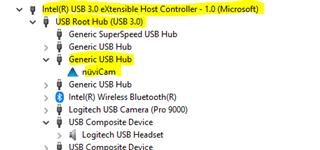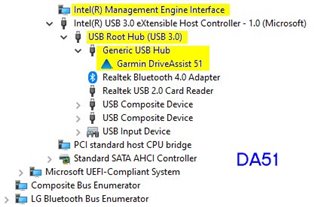Yes, I know there are multiple messages on this subject. Yes, I know I will be told "most people don't have a problem" and to contact my ISP. Nonetheless, there ARE issues with Garmin map downloads and clearly, many people DO have an issue. I have put up with it for years (multiple ISPs). It's a pain, especially with multiple Garmin devices and PC's.
I have a fibre connection with my ISP. 1GB up/down speeds (about 800Mb/s confirmed on my PC). Unlimited internet data. My ISP does NOT throttle downloads.
I use direct wired connections to my computers (no WiFi).
I only have this issue with Garmin. Yes, they are probably the largest files to download, but other large files, from other suppliers, transfer very fast. And no, I'm not talking about buffered streaming services such as Netflix, YouTube or others that only really run at a few Mb/s.
When I first start the download on my Windows 10 computer, things move along quite well (20-30Mb/s) but then they slowly dwindles down to 400kb/s and finally it just times-out (ya, it sure looks like its being throttled, but where?).
I then tried my older Windows 7 laptop and the download was successful. Although it did take a while (as expected), speeds were reasonable (consistent ~8Mb/s +).
I tried my Win10 computer with the same painfully slow response as noted above. (even just downloading to the PC, not to the Garmin device).
I'm using Garmin Express 7.7.1.0
So, if the issue is NOT Garmin, and it is NOT my ISP, what is the issue?
Is there some incompatibility with Windows 10? Firewall? MS Defender?
This IS an issue for many users. There must be better guidance.
Has anyone actually SOLVED this puzzle?






